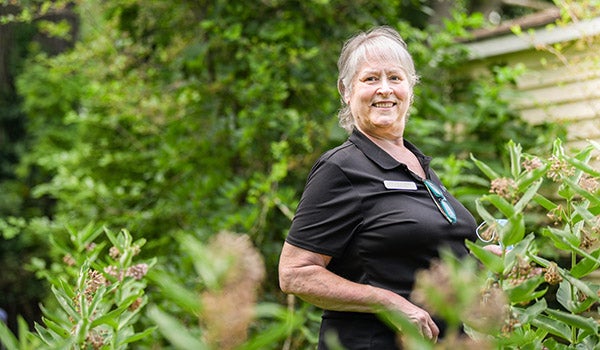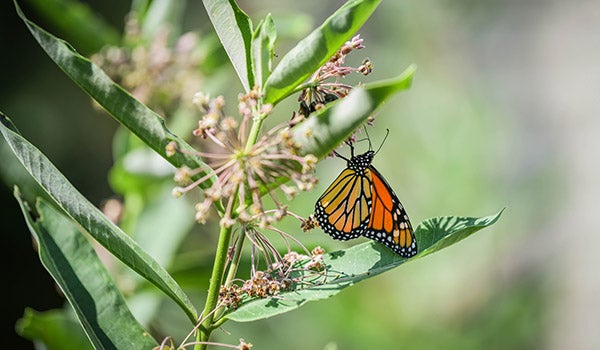Niles resident works to raise butterflies, educate community
Published 2:11 pm Friday, July 10, 2020
|
Getting your Trinity Audio player ready...
|
NILES — Milkweed plants have long been regarded as unfavorable weeds in fields and gardens. Niles resident Caryn Adler is hoping to change the plant’s perception as it is a pivotal in the life and survival of the monarch butterfly.
The butterfly, unique with its orange and black markings, was once much less rare of a site to see than it is today.
“If milkweed goes, so goes the monarch,” Adler said.
Adler has her backyard registered as a Monarch Waystation habitat through Monarch Watch, a conservation organization. This means she has dedicated the space to growing wild and abstains from using pesticides in the yard. Specifically, she allows milkweed to flourish.
This is the first year she has allowed her yard to “grow wild,” though she has been working to save the monarchs for four years now.
Monarch Watch estimated the loss of natural habitat for monarch butterflies to be 147 million acres since 1992.
Milkweed is the only plant monarch butterflies lay their eggs on. With farming, pesticide use and construction development on the rise in many places throughout the country, and in Niles, the milkweed plant has become more and more scarce. Without as many plants available to the monarchs, they have to travel farther and be exposed to more threats to reproduce.
Female monarchs will lay about 400 eggs in their short lifespan, between two to six weeks depending on which part of the season the monarch was born in. Monarchs typically try to lay only one egg per milkweed plant because once the egg hatches and reveals the caterpillar, the caterpillar will eat up to 18 inches of leaves per day.
“The sap is toxic to other bugs and insects, but not for the monarchs,” Adler said. “The caterpillars eat this for their food. They ingest the toxin, but it keeps other predators away from them that would want to eat them. It’s a safety mechanism for staying alive.”
Adler has milkweed plants scattered throughout the yard. Each time a bird, butterfly, dragonfly or bumblebee visits, she is delighted.
“The first year I did [this], I raised and released about 200 monarchs,” Adler said. “My goal is to bring them in.”
According to Adler, if a monarch butterfly egg is left outdoors, its chance for survival is only 10 percent. With a knowledgeable and skilled human foster, the survival rates for the monarch eggs to butterfly raise to 90 percent.
The delicate process of growing from egg to monarch butterfly continues after the caterpillar becomes a chrysalis, hanging beneath the milkweed’s leaf. This stage lasts from 10 days to two weeks, and then the chrysalis “pops,” Adler said.
When the butterfly emerges, it emerges at its final size.
“It is born an adult. It never grows bigger,” she said.
From the time it was a caterpillar to when it emerges as a full-grown butterfly, it has rearranged its DNA.
This cycle happens four times through the season for monarchs.
The eggs that are born live two to three weeks, according to Adler.
There are four generations born per season. The great-grandchild of the first one that arrived lives for four to six weeks. That generation is the one that migrates. The fourth generation travels 3,000 miles to Michoacan, Mexico. The monarchs will continue their generations there, before making their way back north to places like Niles in the summer.
“Over the winter, what looks like leaves in the trees is all monarchs in Michoacan,” Adler said. “It almost shimmers because their wings are just moving a little bit.”
Adler is passionate about saving the monarch butterflies. An employee at the Niles District Library, she has spoken at the library, engaged in civic talks, and spoken with garden clubs and worked with a few area schools.
“I spread the message as far and wide as I can,” she said.
It has not gone unnoticed, according to Adler. She has been contacted by at least one Niles City Council member to identify a monarch egg, and reports that her fellow staff members at the library often try to keep the milkweeds in their yards.
“They’re truly fascinating,” Adler said. “I think they give people some signs of hope.”








